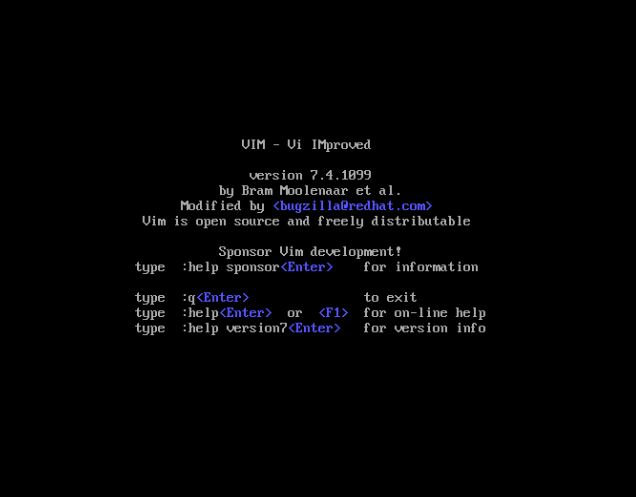

#Vim save quit how to#
If you need more help from the editor itself you can always run the :help command when your are in Command line mode. First how to launch vim From the command prompt: change to path where file is located with cd vi filename This will edit filename starting at line 1. To execute the command, press the Enter keyĬongratulations! You have successfully learned how to quit the vi editor.:q (quit, short for :quit) :q! (quit without saving, short for :quit!) :wq (write and quit) :wq! (write and quit even if file has only read permission) :x (write and quit, only write if there are changes) :exit (write and exit, same as :x) :qa (quit all, short for :quitall) Additionally, you can also accomplish this task by using a command. In the bottom left corner, it directs you to the prompt bar Step 3: Type x and press enter. Exit from the terminal without saving any change in the documents. It will appear on the bottom of the terminal as shown in the image: :q The vim editor will definitely be closed. To do that, press the ESC key Step 2: Now, press the colon. Exit Vim Editor Quickly To simply and quickly exit the vim, type the :q as a command and hit the Enter key. Vi changes written message at the bottom Note: If you are working on a new file, you would be required to name your file. Enter one of the following commands to suit your needs: Step 1: Initially move to the command mode. :w Vi Saving changes to the file You should see a message at the bottom of Vim indicating that your changes have been written.Then enter :wq + return to save and exit.
#Vim save quit code#
To get back to my code I have to reopen the php file which is an extra step. :q will warn you about unsaved changes and will not let you exit. Any way to save changes in vi without exiting the editor Im experimenting with php and checking my work in the browser. To begin with, first, open the terminal by pressing Ctrl+Alt+t and a terminal will open in your system. To exit Vim: If you are in edit mode, first press the esc key. The key difference is the exclamation mark here. Save and Quit (Alternative) If you prefer a slightly different command to save and quit, you can use :x or :wq interchangeably. Vim will save the file and quit the editor. Let’s get to the easiest methods first: Quit VIM without saving with ZQ Hit the ESCAPE key, then hit SHIFT + ZQ This will instantly quit out of VIM without saving, basically the same as the :q command. Lets get dive into understanding the whole process. To save your changes and exit Vim, follow these steps: a. For example, type: vim test.c Write code or programe Save file in vim by pressing ESC and ZZ This will save and exit in vim or vi text editor running on Unix or Linux Let us see some more examples. This is a single-line solution for your questions. The procedure is as follows: Open vim in Linux. Saving changes involves the w (write) command, and exiting a file uses the q (quit) command. First press Esc and type the following: :wq After that press Enter. This confirms that you are in Command line mode and not editing the file. The key combination to save and quit a file in vim editor. : You should see a : appear at the bottom of the screen.

Type a colon ( : ), this will enter Command line mode.Hit the ESC key, this will enter Command mode.

After you're more familiar with vi this will seem like a silly article, but until then here's a quick guide on quitting the vim editor! Quitting vi editor Tip Run vimtutor in a terminal to learn the first Vim commands.Quitting the vi editor can cause quite the headache for newcomers to this Unix editor. Let’s get to the easiest methods first: Quit VIM without saving with ZQ Hit the ESCAPE key, then hit SHIFT + ZQ This will instantly quit out of VIM without saving, basically the same as the :q command.


 0 kommentar(er)
0 kommentar(er)
